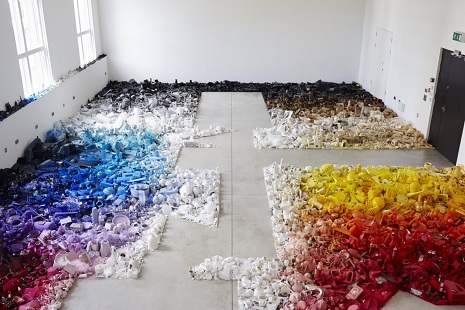
Photographer Dan Tobin Smith acquired the materials for his installation “The First Law of Kipple,” through online solicitation. His website implored readers to send him their useless junk to be repurposed for the beautiful ombré of odds and ends you see here—arranged chromatically with meticulous attention to detail, and to stunning effect. The installation showed at the London Design Festival, and was viewed from the ambling pathway geometrically cleared from the piles.
Smith’s use of the word “kipple” comes from Philip K Dick’s 1968 novel Do Androids Dream of Electric Sheep (the book Blade Runner was very loosely based on). Dick invented the word to describe the sort of purposeless objects that humans always manage to collect, and sometimes nearly drown in. Smith even provided a handy-dandy guide to what constituted kipple:
Answer YES to any question below and you’ve got kipple:
- Does the object have an overall colour and fit within the colour map? (see gallery images)
- Is the object be broken and no longer usable?
- Could its function be replaced by a very small amount of human effort / intelligence? (eg silly kitchen equipment)
- Is its main purpose to enable or function within a leisure activity? (eg sports objects golf club, cricket stumps etc)
- Is the object purely ornamental?
- Does the object have only novelty value?
- Is the object clothing of a purely ornamental value? (eg feather boa, decorative belt, tie)
- Is the object a piece of recently replaced or obsolete technology? (eg first generation iPad, early PC etc)
- Is the object made for any religious ceremony, purpose?
- Is the object a product of a pseudoscience, such as homeopathy?
- Is the object discarded wrappers / packaging of any kind?
- Is the object something that was once useful but has run out, like an empty gas bottle?
- Is the object obsolete machinery of any kind that cannot be used for anything useful?
- Is the object general detritus?
- Can the object be described as a luxury, rather than a necessity?
Answer NO to any question below and you’ve got kipple:
- Can it be used as an efficient tool in any way?
- Is its primary design as an object to help feed, construct, protect or kill and does it have no other practical uses?
- Can the object be re-appropriated to use as something useful?
The installation can leave one ambivalent. From afar, it feels like a triumph of artistic innovation—reusing waste to create something beautiful. Up close, the rainbow of garbage has a more alienating effect, as the mass production of kipple has left us with in a world crowded with objects devoid of preciousness, or even utility. Still, it collects, and as Dick said, “No one can win against kipple, except temporarily and maybe in one spot.”
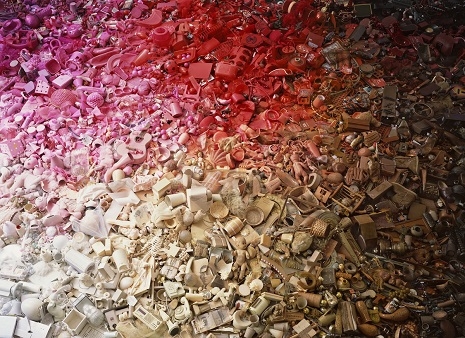

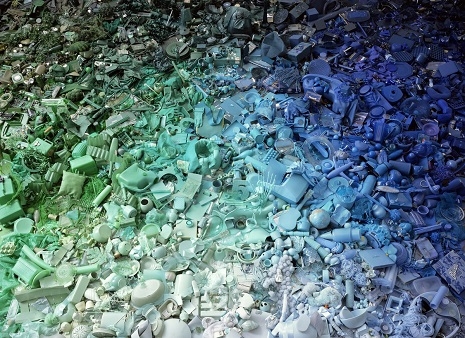

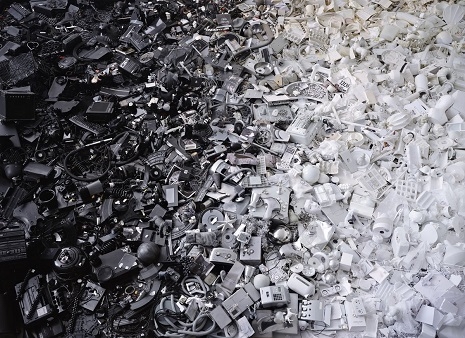
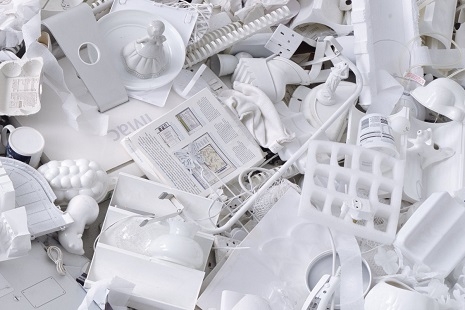
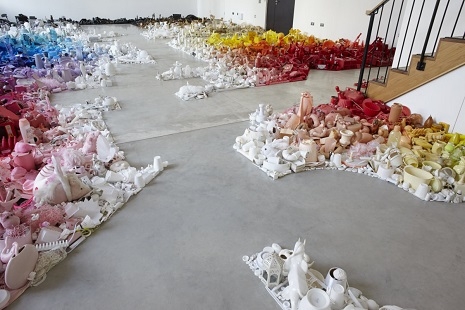
Via Colossal